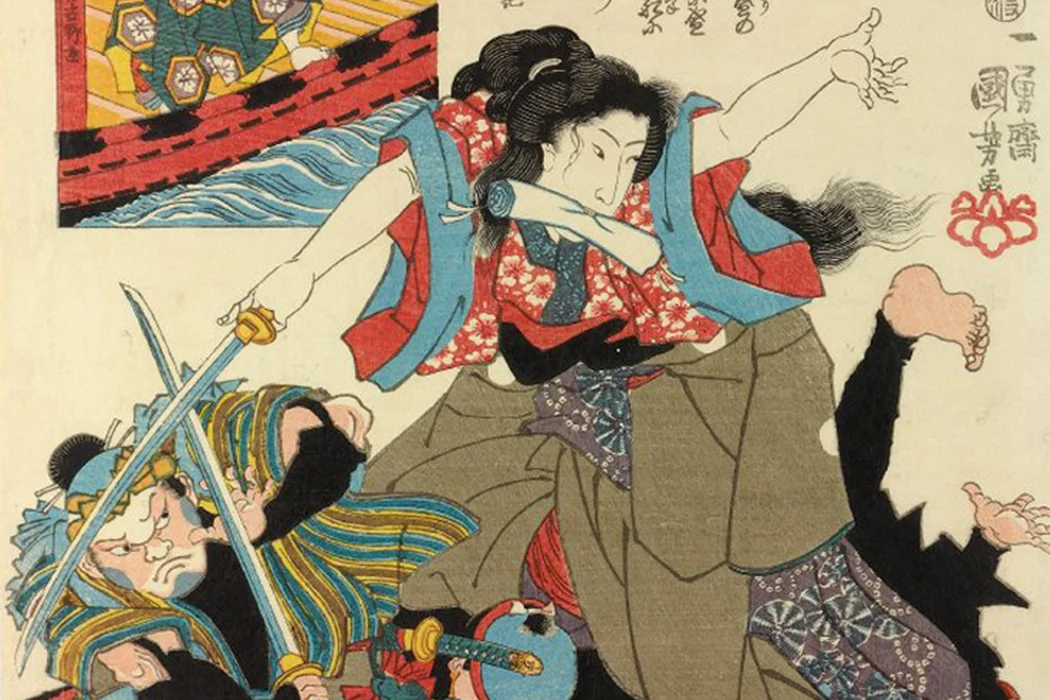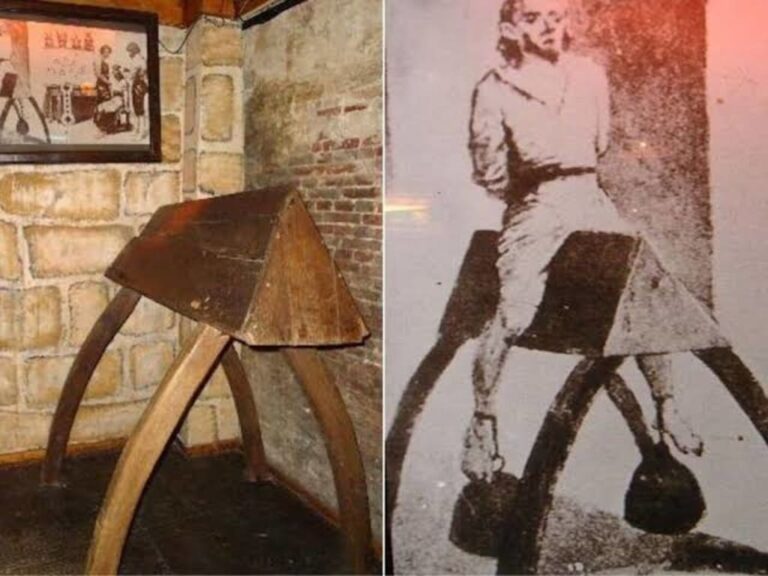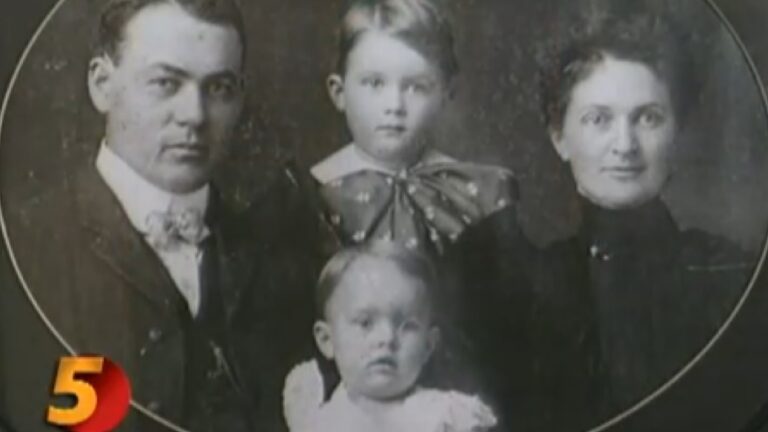The Untold Legacy of Female Samurai Warriors in Japan
The Onna-Bugeisha: Japan’s Fearless Female Samurai Warriors
The Onna-Bugeisha were a remarkable group of female warriors in Japan, known for their bravery, skill, and commitment to their families and clans. These women defied traditional gender roles in a society dominated by men and carved out their place in history as fierce defenders of their homes and communities.
The history of the Onna-Bugeisha spans several centuries, rooted in the feudal era of Japan when samurai culture flourished. Women were not merely passive figures; they were trained in martial arts and weaponry, proving themselves in battles alongside their male counterparts. Their legacy is a testament to the strength and resilience of women throughout history.
The Origin and Development of Onna-Bugeisha

The origins of the Onna-Bugeisha can be traced back to Japan’s Heian period (794-1185) when the concept of samurai began to emerge. The need for defense against invaders and rival clans led families to train their daughters in combat.
Key Developments:
- Feudal System: The feudal system established during the Kamakura period (1185-1333) saw an increase in the prominence of samurai, including women.
- Training: Girls from warrior families learned the arts of combat, often specializing in weapons such as the naginata (a polearm) and the katana (sword).
| Time Period | Key Events |
|---|---|
| Heian Period | Emergence of samurai culture |
| Kamakura Period | Rise of Onna-Bugeisha during feudal conflicts |
| Muromachi Period | Continued evolution of female warriors |
Training and Skills of Female Samurai
Onna-Bugeisha were not only skilled in traditional roles but also excelled in martial arts and weaponry. Their training involved rigorous physical conditioning and the mastery of various weapons.
Training Techniques:
- Naginatajutsu: Training in the use of the naginata, which required agility and precision.
- Kenjutsu: The art of swordsmanship, focusing on techniques and strategies.
Women warriors were taught to protect their homes and families, particularly when male warriors were away. Their training ensured they were always prepared for combat, and many distinguished themselves in battles.
“The Onna-Bugeisha embodied the spirit of the samurai, showcasing unparalleled strength and resilience.” — Historical Review of Japanese Martial Culture
Roles and Responsibilities in Society
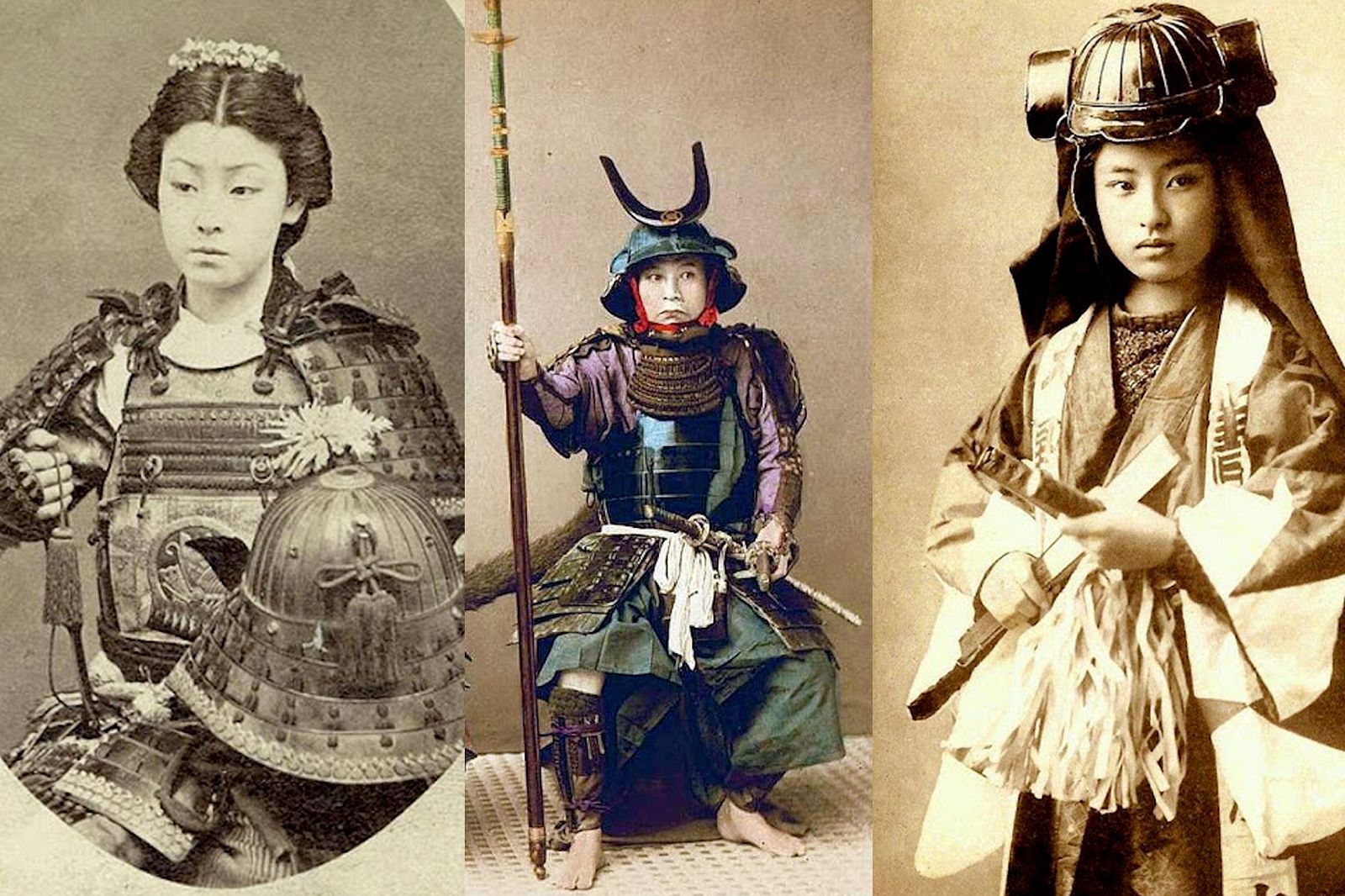
The roles of Onna-Bugeisha extended beyond the battlefield. They played significant roles in managing their households and maintaining the honor of their families.
Key Responsibilities:
- Defending Home and Family: Many women took up arms when their families faced threats.
- Leadership: Some women held positions of leadership, commanding troops and making strategic decisions.
These responsibilities contributed to a unique status for Onna-Bugeisha, allowing them to command respect within their communities. Unlike in many other cultures, Japanese society allowed for women to rise to prominence as warriors.
Famous Onna-Bugeisha Throughout History
Several Onna-Bugeisha stand out in history for their valor and contributions.
| Name | Era | Notable Achievements |
|---|---|---|
| Tomoe Gozen | 12th century | Renowned for her bravery in the Genpei War |
| Hojo Masako | 13th century | Political leader and warrior during the Kamakura period |
| Nakano Takeko | 19th century | Led a group of female fighters during the Boshin War |
Tomoe Gozen
Tomoe Gozen is one of the most celebrated Onna-Bugeisha in Japanese history. She served during the Genpei War and was known for her exceptional skills in battle. She fought alongside the samurai Minamoto no Yoshinaka, becoming a symbol of female strength and courage.
“She was a warrior of remarkable beauty and strength, known for her prowess in battle.” — Wikipedia
The Decline of the Onna-Bugeisha
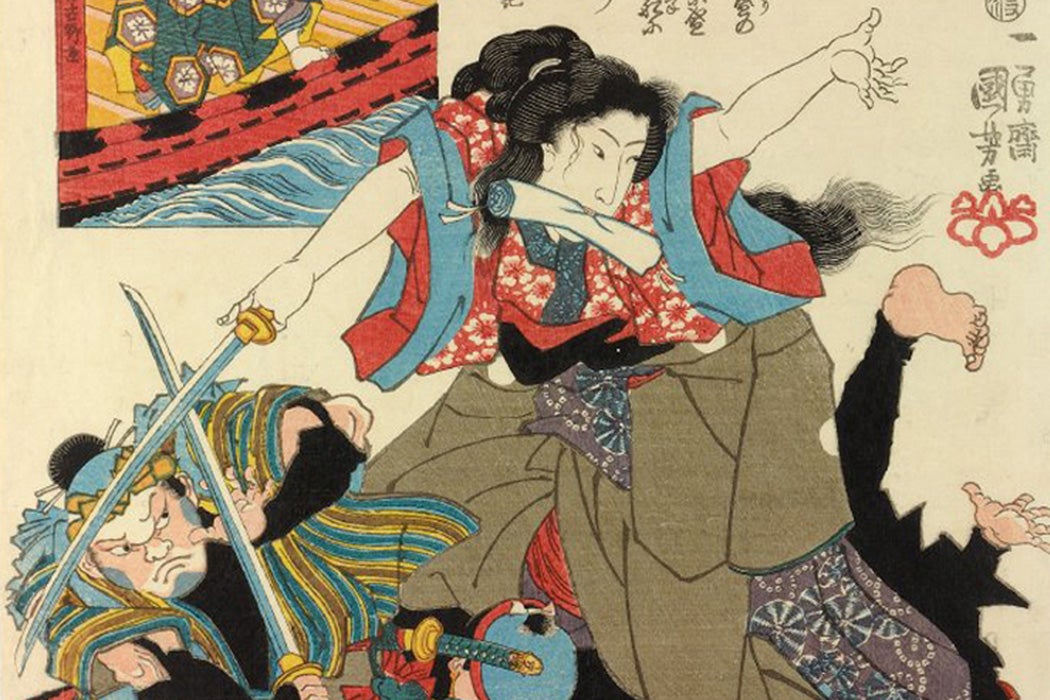
As Japan transitioned into the Edo period (1603-1868), the societal structure changed dramatically. The samurai class became more focused on governance and less on warfare, leading to the decline of female warriors.
Contributing Factors:
- Peaceful Era: The establishment of peace under the Tokugawa shogunate diminished the need for combat training.
- Gender Roles: Traditional gender roles became more rigid, relegating women to domestic responsibilities.
Legacy and Cultural Impact of Onna-Bugeisha
The legacy of Onna-Bugeisha continues to influence modern culture. Their stories have inspired countless works of literature, film, and art, portraying them as symbols of empowerment and resilience.
Cultural Impact:
- Modern Media: Films like “The Last Samurai” and anime such as “Samurai Champloo” reflect the enduring fascination with female warriors.
- Literature: Books exploring the lives of Onna-Bugeisha contribute to their legacy and educate new generations about their importance.
“The tales of Onna-Bugeisha remind us that women have always played crucial roles in shaping history.” — Historical Perspectives on Samurai Culture
The Reemergence of Interest in Female Samurai
Today, there is a renewed interest in the stories of Onna-Bugeisha. Feminist movements and cultural revivals have brought their narratives back to the forefront, celebrating their contributions and challenging traditional gender roles.
Current Movements:
- Art Exhibitions: Showcasing the history and artistry of female samurai.
- Literary Works: Novels and biographies that highlight their stories, inspiring a new generation.
Summary of Notable Onna-Bugeisha
| Name | Key Attributes |
|---|---|
| Tomoe Gozen | Bravery, martial prowess, loyalty |
| Hojo Masako | Political acumen, strategic insight, leadership |
| Nakano Takeko | Fearlessness, tactical skills, inspirational leader |
FAQs About Onna-Bugeisha
What does Onna-Bugeisha mean? The term “Onna-Bugeisha” translates to “female warrior,” highlighting their roles as fighters in the samurai tradition.
Were female samurai common in feudal Japan? While not as common as their male counterparts, female samurai played significant roles in protecting their families and communities.
How did Onna-Bugeisha influence modern culture? Their stories and contributions have inspired various forms of media, including films, literature, and art, reflecting their enduring legacy.
The Onna-Bugeisha were not just warriors; they were trailblazers who challenged the norms of their time, leaving a lasting impact on Japanese history and culture. Their legacy serves as a reminder of the strength and resilience of women throughout history, inspiring future generations to break boundaries and fight for their rightful place in society.
Meta Description: Discover the inspiring history of the Onna-Bugeisha, Japan’s female samurai warriors, and their enduring legacy in culture and society.
References:
- Wikipedia: Tomoe Gozen
https://en.wikipedia.org/wiki/Tomoe_Gozen - Historical Perspectives on Samurai Culture
https://www.historydefined.net/onna-bugeisha/
